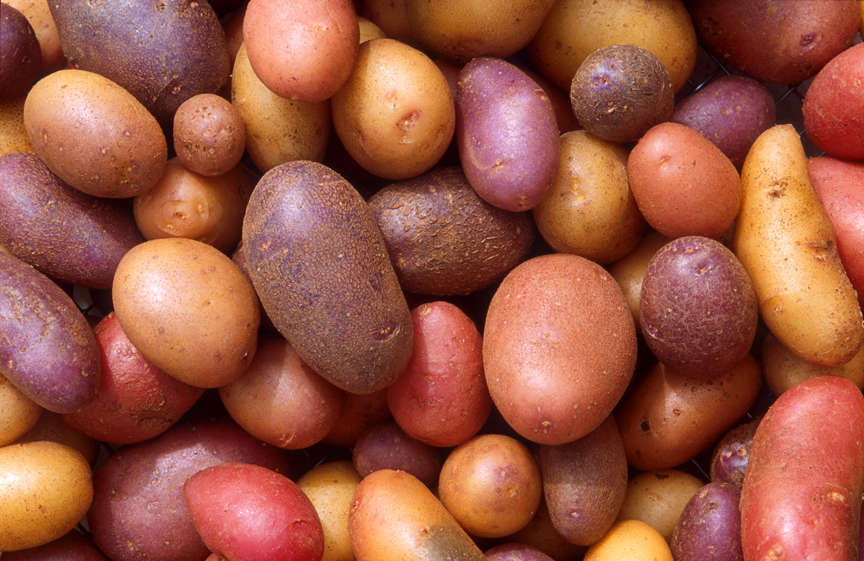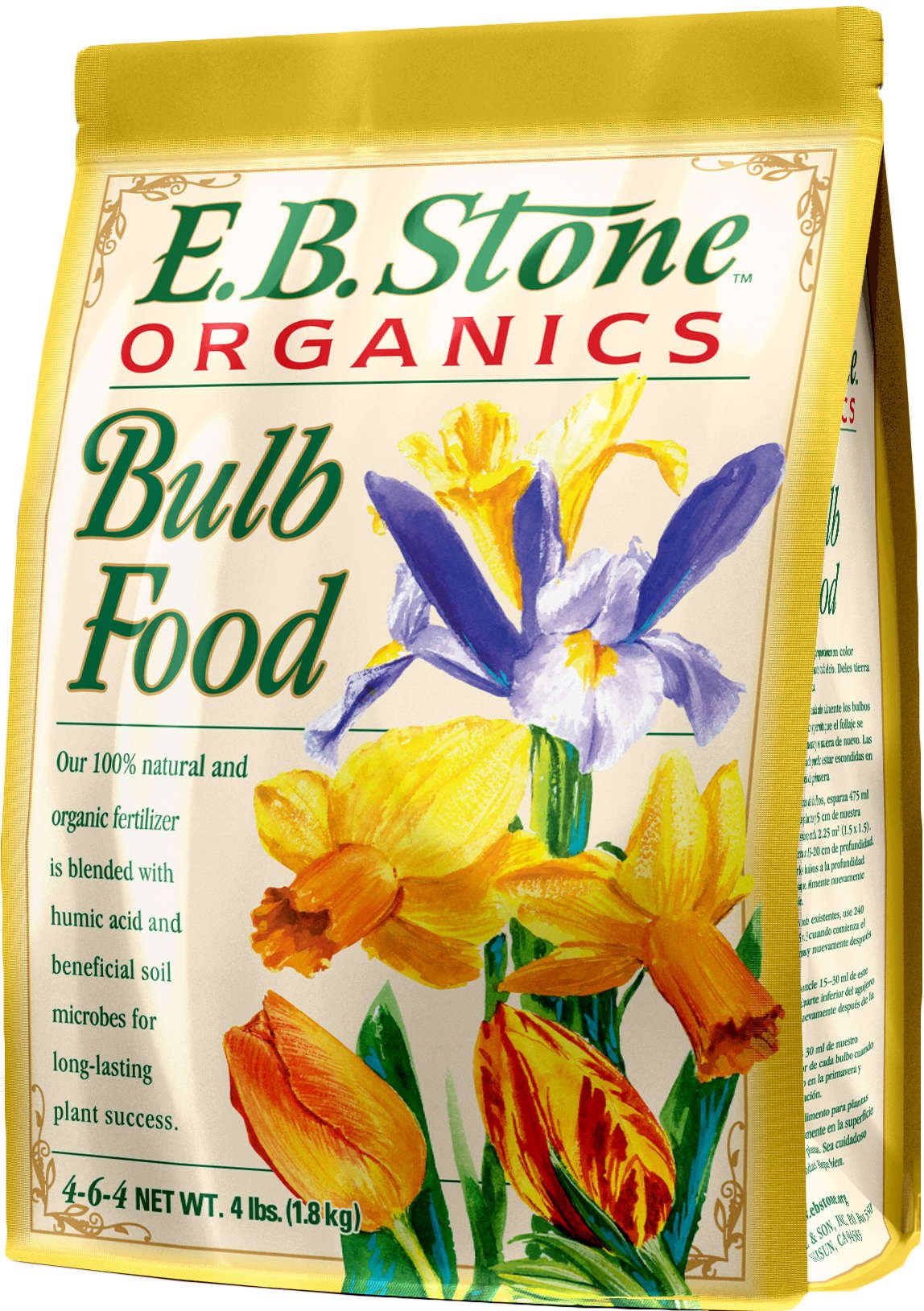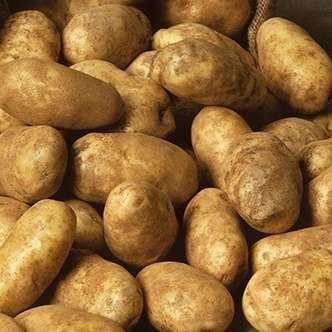
Plant Potatoes

Seed Potatoes
The joy of gardening is discovering how great food tastes when it is truly fresh. There is simply no comparison to store bought, and this is equally true about potatoes.
The seed potatoes offered at our nurseries are the perfect start for your own potato bed. Our seed potatoes are certified, disease free and untreated with growth inhibitors. We have carefully chosen varieties that thrive in our area, and these varieties will reward you with an abundance of fresh, home-grown goodness.
Come in and get some planting tips from our garden gurus when you're ready to get growing—we're here to help!
Come in and get some planting tips from our garden gurus when you're ready to get growing—we're here to help!

Planting Seed Potatoes
Seed potatoes are not actually seeds, but rather pieces of a potato.
Once your soil temperature is about 55°F, it is time to plant potatoes. In our area that is usually late February to early March.
It is ideal to plant potato pieces that are about 1.5" in length. This means you might have to cut some of your seed potatoes down to the right size. Be sure to leave at least one “eye” per piece (identify the eye as an indentation in the potato.) After cutting, leave the cut potato pieces at room temperature overnight for those cuts to heal.
Prepare your soil using E.B. Stone Organics™ Organic Compost and E.B. Stone Organics™ Bulb Food. Dig furrows or holes that are about 3” deep. Place each seed potato piece into the hole and cover with 3"-4" of soil.
Once your soil temperature is about 55°F, it is time to plant potatoes. In our area that is usually late February to early March.
It is ideal to plant potato pieces that are about 1.5" in length. This means you might have to cut some of your seed potatoes down to the right size. Be sure to leave at least one “eye” per piece (identify the eye as an indentation in the potato.) After cutting, leave the cut potato pieces at room temperature overnight for those cuts to heal.
Prepare your soil using E.B. Stone Organics™ Organic Compost and E.B. Stone Organics™ Bulb Food. Dig furrows or holes that are about 3” deep. Place each seed potato piece into the hole and cover with 3"-4" of soil.
Leave enough room between your planted seed potato pieces that the full grown potatoes will not be in any danger of touching each other. Depending on the mature size, 6"-10" of space is recommended.
Potatoes are shallow-rooted and need light, frequent irrigation at least once a week during much of the growing season. The goal is to keep the soil moist, but not soggy, letting an inch of soil dry out before watering again.
After about four to six weeks—depending on how fast the potatoes grow—add 3" more of soil to keep the potato well beneath the soil surface. If a potato is too close to the surface, it will start to turn green, and that should be avoided.
Harvesting Seed Potatoes
Look for the vines to brown and die down. Then check that the potato skin is firm for good clues to harvest time. Once harvested, these beauties can be held at room temperature for a week. If you have access to a place that is dark, well ventilated, dry, and consistently 40°F to 50°F, they can be stored for months.


